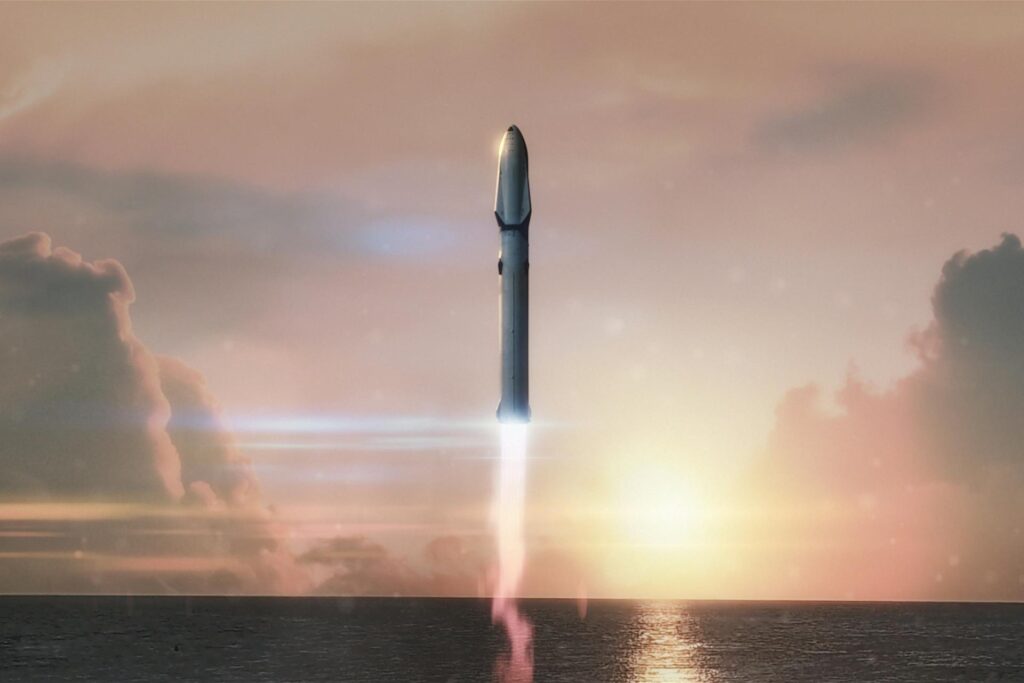China is embarking on an ambitious energy project that could transform how we generate and distribute energy. The country plans to launch a space-based solar power station that will orbit 22,000 miles above Earth. This groundbreaking initiative promises to revolutionize global energy markets and offer a long-term, sustainable solution to growing energy demand.
As nations globally shift toward renewable energy, China’s space-based solar plant could set new benchmarks in the renewable energy industry. If successful, this project could drastically reduce carbon emissions, address energy security concerns, and provide a stable energy supply for the future.
Why Space-Based Solar Power?
Harnessing solar energy from space offers several unique advantages over traditional, ground-based systems. Unlike terrestrial solar panels that rely on weather conditions and daylight, space-based solar power ensures continuous energy collection. This makes it a far more reliable energy source. Let’s take a look at the key benefits:
Uninterrupted Energy Supply
Space stations receive constant sunlight, unaffected by night or clouds. This ensures steady energy output throughout the day, unlike ground-based systems that experience seasonal fluctuations and weather disruptions.
Higher Efficiency
In space, solar panels absorb sunlight more directly. There is no atmospheric interference, so solar energy conversion rates improve. On Earth, energy loss occurs due to clouds, dust, and the atmosphere. Space-based systems avoid these issues.
Sustainability
As the world moves toward cleaner energy alternatives, space-based solar power aligns with these global efforts. This renewable energy source does not rely on coal, oil, or natural gas, helping reduce the dependence on fossil fuels.
Energy Security
Many countries rely on imported energy, which makes them vulnerable to price fluctuations and geopolitical tensions. Space-based solar power offers a stable, domestic energy supply, reducing reliance on foreign energy sources.
Accessibility
Remote or disaster-affected regions often lack reliable power grids. Space-based solar energy could provide consistent electricity to these areas, ensuring a more equitable energy distribution globally.
Scalability
The scalability of space-based solar power is another key advantage. Solar power stations in space can expand rapidly to meet increasing energy needs, taking pressure off land-based renewable sources like wind and hydroelectric power.
How the Technology Works
China’s space-based solar power project involves several key steps. These include solar collection, energy conversion, wireless transmission, and ground-based reception. Here’s a breakdown of each stage:
Solar Collection Arrays
Large photovoltaic panels in geostationary orbit will capture sunlight. These panels, designed for space’s harsh conditions, maximize solar exposure to ensure continuous energy harvesting. By positioning them in orbit, China avoids issues like weather disruptions and limited daylight that ground-based systems face.
Energy Conversion
Solar energy will convert into microwaves or laser beams for transmission. Microwaves offer a more efficient and safer method for long-distance transmission. However, lasers provide a concentrated energy stream. Researchers are working to optimize these methods to minimize energy loss.
Wireless Energy Transmission
The converted energy will then transmit to Earth via high-frequency microwaves or lasers. Beam-steering technologies will ensure that the energy reaches ground-based receivers accurately, minimizing energy loss during the journey.
Ground Receivers
Rectennas (rectifying antennas) will capture and convert the transmitted energy back into usable electricity. These receivers will be strategically located in regions that need additional power. As the technology matures, these rectennas could become essential components of a global energy grid.
Project Timeline
The project follows a phased approach to ensure its technical feasibility. Here are the key milestones:
- 2028: A low Earth orbit satellite will test wireless energy transfer, generating 10 kilowatts of power. This experiment will serve as a proof of concept, assessing the feasibility of wireless energy transmission over short distances.
- 2030: A geostationary satellite will transmit one megawatt of power over 35,800 kilometers, marking a significant milestone in demonstrating the technology’s scalability.
- 2035: By this point, China plans to launch a fully operational space-based solar power station that will generate 10 megawatts of power. Researchers will refine the energy conversion and transmission techniques for optimal efficiency.
- 2050: A commercial space-based solar plant will generate two gigawatts of power, with solar arrays spanning over one kilometer. This could make space-based solar energy a major player in the global energy market.
Challenges and Criticisms
Although the potential of space-based solar power is immense, the project faces several challenges that must be addressed before it can become a reality. Here are the main concerns:
High Costs
Launching and maintaining the necessary infrastructure for space-based solar power is incredibly expensive. A massive investment will be required to build, deploy, and maintain these systems.
Technical Barriers
Wireless energy transmission over vast distances presents several challenges. Researchers must overcome issues such as beam alignment, energy loss, and atmospheric interference to ensure efficient energy delivery.
Environmental Concerns
Transmitting energy via microwaves or lasers could potentially impact ecosystems and aviation. Researchers are studying the possible effects on wildlife and human health. Safety measures will be critical in preventing any unintended consequences.
Regulatory Issues
International cooperation will be essential to address concerns about space and energy transmission regulations. As this technology expands, countries will need to agree on how to share the energy and regulate its use.
Infrastructure Development
Building the necessary ground-based infrastructure to receive and distribute the energy will require careful planning and investment. Governments and private industries will need to collaborate to ensure the development of a viable energy grid.
Conclusion
China’s space-based solar power project represents a bold step toward reshaping the future of renewable energy. While the challenges are significant, the potential benefits are immense. If the technical and financial barriers are overcome, space-based solar power could play a major role in the global energy mix, helping reduce fossil fuel dependence and ensuring a sustainable future.
FAQs
1. Is space-based solar power safe for humans and the environment?
Yes, researchers are developing methods that prioritize safety. The energy will be transmitted to specific receivers, and safety protocols will minimize risks to humans, wildlife, and the environment.
2. How does space-based solar power compare to traditional solar energy?
Space-based solar power offers a major advantage over traditional systems: uninterrupted energy. With no atmospheric interference, it is also more efficient, making it a more reliable energy source.
3. What are the biggest challenges to implementing space-based solar power?
The primary challenges are high costs, technical barriers related to wireless transmission, regulatory concerns, and the need for global collaboration.
4. Will other countries develop similar projects?
Yes, countries such as the U.S., Japan, and some European nations are also exploring space-based solar power. Collaborative research and development could accelerate progress in this field.
5. How soon will space-based solar power be available for everyday use?
If the timeline holds, space-based solar power could be available by 2050. However, technological advances might speed up the process, allowing earlier deployment.
As research and development continue, space-based solar power may revolutionize how we generate and distribute energy. The global push for a greener future is gaining momentum, and China’s initiative could set the stage for a global energy revolution. Should the project succeed, it will define the future of both space exploration and energy technology.
Related Video
Watch this video for more details.



